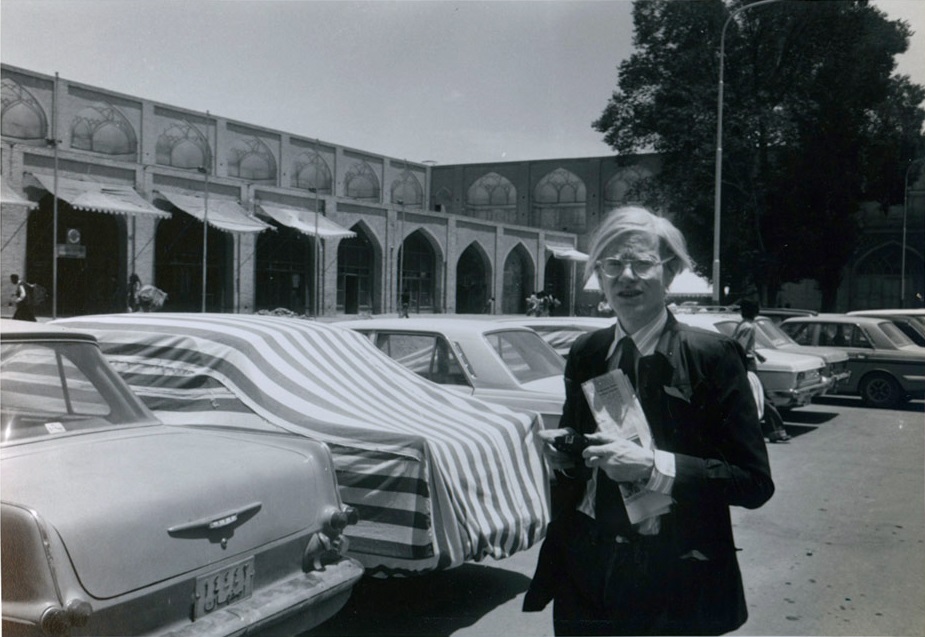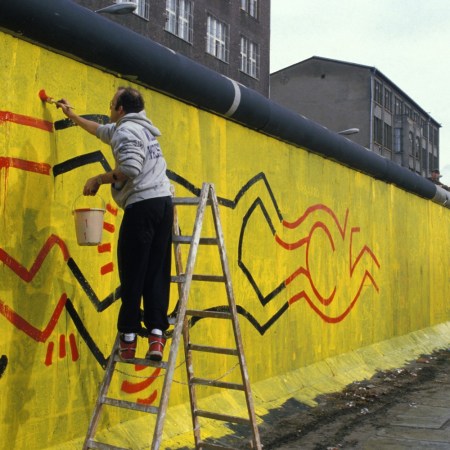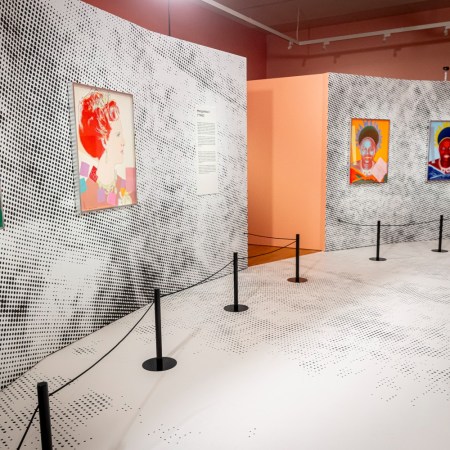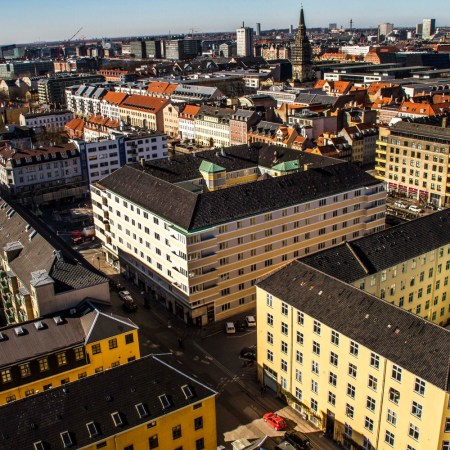For admirers and scholars of Andy Warhol’s art, 2020 offers a rare opportunity. That’s because this year, a group of previously-unseen drawings from Warhol will be on public display for the first time ever — both as part of a book and in a new show of Warhol’s work at the Tate Modern.
Why did these drawings remain unseen for so long? It has to do with the homophobia Warhol encountered in the 1950s, according to a new article at The Guardian by Dalya Alberge. At the time that he drew these, Warhol was working primarily as a commercial illustrator; he hadn’t yet achieved national fame for his art. And, as Alberge writes, Warhol encountered an art world that was hostile to his work:
When he tried to exhibit his drawings in 1950s New York, Warhol encountered homophobic rejection from gallery owners, the latest research reveals.
Due out later this year from the publisher Taschen is Andy Warhol: Early Drawings of Love, Sex and Desire, by the Andy Warhol Foundation’s Michael Dayton Hermann. Alberge describes it as “a major study of [Warhol’s] depictions of young men in private moments, whether in a loving embrace or more explicit acts.”
The article notes that Warhol was rejected by galleries in both 1952 and 1959 — for, one can assume, some of the same work that will now appear in one of the world’s pre-eminent art museums. For Hermann, this work of Warhol’s points to something lasting. “These drawings point to the universality of emotions,” he told Alberge — and now, audiences will have a chance to see another side of a renowned artist.
Subscribe here for our free daily newsletter.
Thanks for reading InsideHook. Sign up for our daily newsletter and be in the know.


















